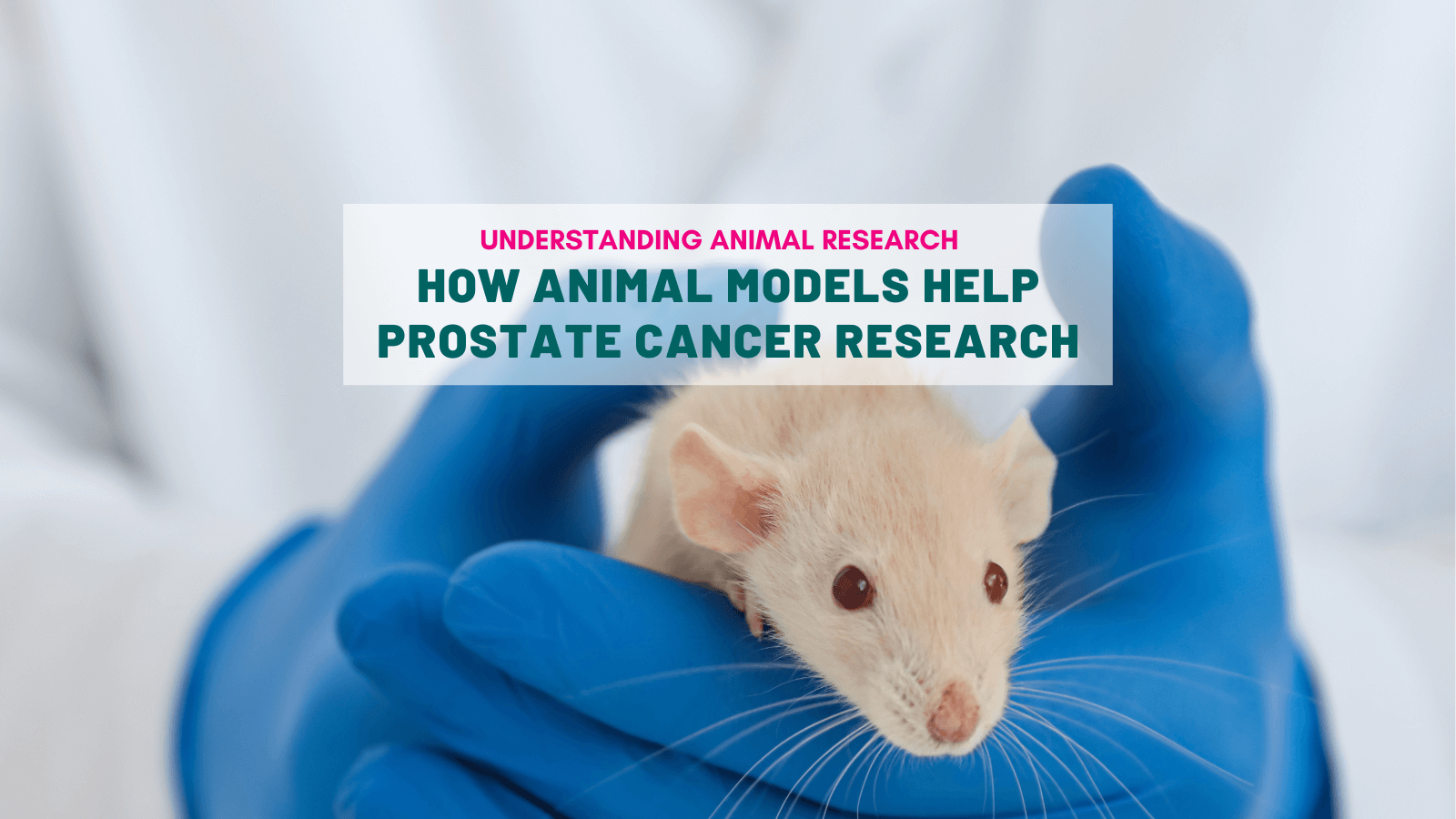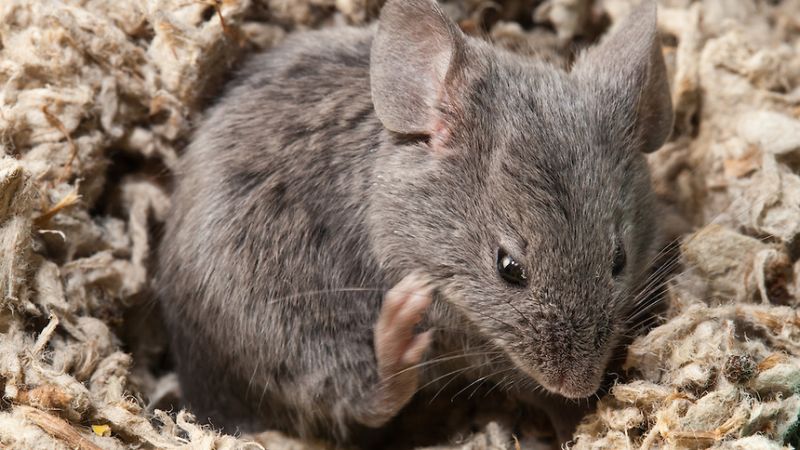Prostate cancer is one of the most common types of cancer. As many as 1 in 8 men will get prostate cancer. Fortunately, it is not always life-threatening. When caught early there is a chance that it hasn’t progressed to a metastatic stage and that can be cured.
Decades of research have provided the medical community with efficient therapeutic options. Today, localised primary prostate cancer has a five-year survival rate close to 100%. So why is research still ongoing?
The prostate cancer research landscape
Although many prostate cancers grow slowly, are confined to the prostate gland where they don’t necessarily cause serious harm, and need minimal treatment, some types of prostate cancer spread quickly and become resistant to hormonal therapies.
A fraction of the men that develop prostate cancer relapse after a few years, but because the incidence of the disease is important, those numbers are relatively large. In the UK, a man dies from prostate cancer every 45 minutes, which equates to about 12,000 individuals a year, and most of them will have had metastatic or resistant forms of the disease.
“More research and funding is needed, not only to create a better cure particularly for patients with resistant forms of the disease, but also to find ways to improve patient quality of life. To make that happen, we need to focus on prevention and better understanding the disease – and animal research is crucial for that last part,” explains Dr Marco Bezzi who leads Tumour Functional Heterogeneity at the Institute of Cancer Research.
Focusing research on resistant prostate cancer
About 70 years ago, researchers used animal research to show that prostate tumours in their initial stages are very dependent on the androgen receptor pathway. The work in animals helped pinpoint how the cancer cells respond to hormones which led to the development of the first hormonal treatments. Depriving the cells of androgens - testosterone in males, became the principal treatment for patients.
Unfortunately, although this type of treatment is highly efficient against most prostate cancer types, some seem to be resistant. The tumours reactivate the androgen-sensitive pathway.
Over the last few years, research has been largely focused on understanding how the tumours escape hormonal therapy, change, and evolve over time. Scientists have also sought better inhibitors of the pathways and other viable solutions to treat these resistant forms of prostate cancer that are no longer sensitive to hormonal castration.
Different mouse models tell different parts of the story
Animals have been and still play an important part of the discoveries. Mice and humans are quite obviously different, but as models of the disease, the rodents are a fundamental part of the puzzle. Each mouse model contributes to a crucial piece, a glimpse at the bigger picture.
Ideally a mouse model would mimic every step of the disease and react the same way as humans to every therapy, but that is not the case. Researchers use a number of mouse strains to tell different parts of the story.
Dr Bezzi explains: “In the best of worlds, the ideal mouse model would be initially sensitive to hormonal therapy or castration but then develop resistance and metastasis. This would allow the study of the basic biology at play, the understanding of the mechanisms behind disease progression, and the testing of new drugs. We try to think about the whole picture when creating a mouse model of the disease.”
A great number of mouse models are available to researchers that study prostate cancer. From xenograft models, which are immune deficient mice implanted with human cancer cells, to genetically modified animals with inactivated tumour suppressor genes.
Each model has its advantages and disadvantages. Some will tend to model the earlier, hormonal dependent stages of the disease, while others will model the resistant stages with tumours that migrate to different parts of the body, including to the bones.
The limits of modelling metastasis
Unfortunately, the metastatic process has been particularly difficult to reproduce in animal models.
“The whole field is aware of this shortcoming and is investing a lot of effort to gradually develop better models of metastasis from a translational point of view,” explains Dr Bezzi.
Metastatic disease is genetically very complex. Genetic sequencing of patient tumours has shown metastatic cells harbour a diverse set of genetic aberrations. The first mouse models were developed lacking one gene at a time. These were quite good at modelling the initial prostate cancer stages, but the genetic background was probably not aberrant enough to modulate the later, more aggressive stages.
In efforts to increase the genetic complexity of these mouse models, researchers started crossing these single aberrations lines to get mice with two different aberrations together, these developed more aggressive prostate cancer. More recent models have now up to three combined genetic aberrations and showcase even more metastatic growth. Genetic tools have improved greatly in recent years, which means that it is possible to manipulate the genetics of these cells at a resolution that was not possible even a few years ago. There is great hope that this will translate into ground-breaking work.
However, it can take years in patients before their cancer escalates to the metastatic stages, and the mouse lifespan just isn’t that long. To include that time dimension, researchers are also using xenograft models whereby the human tumour lines are injected into mice and developed from one mouse to the next. This serial recipient model gives the tumour more time to develop into something more aggressive.
“We still don’t have the perfect model,” states Dr Bezzi. “And maybe we will never obtain that perfect model. We are starting to realise that each and every cancer is different from one patient to the next. However, we can try to refine our models the best we can with novel technology and support better use of animals in parallel with the development of in-lab, in-vitro systems.”
More information on animal models of prostate cancer: https://www.animalresearch.info/en/medical-advances/diseases-research/prostate-cancer/
Last edited: 19 December 2022 09:32



